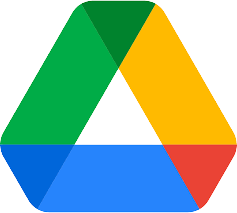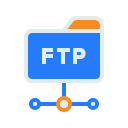How to Move Your Files from iCloud Drive to Box Without the Headache
Whether you're freeing up iCloud space or shifting to Box for its collaboration tools, there are simple ways to get your files across without endless downloads. From quick manual moves to hands-off cloud transfers, here’s how to make the switch smoothly.
Introduction
You’ve been storing files in iCloud Drive for years, but now Box’s secure sharing, team collaboration features, and generous storage have caught your attention. Making the move doesn’t mean you need to spend hours juggling downloads and uploads. In this guide, we’ll explore several proven ways—ranging from drag-and-drop tricks on your Mac to cloud-to-cloud transfer services—that can relocate your data efficiently and keep your folder structure intact.
iCloud Drive is Apple’s built-in cloud storage, tightly integrated with macOS, iOS, and also accessible on Windows. Every Apple ID comes with 5 GB free, and you can upgrade via iCloud+ to plans up to 12 TB.
- Automatic device sync: Files update instantly across your iPhone, iPad, and Mac without manual uploads.
- Handles big files: Uploads up to 50 GB per file, ideal for high-resolution media or large projects.
- Works anywhere: Access via Finder on Mac, Files app on iOS, or File Explorer on Windows.
- Easy collaboration: Share folders and set permissions for view-only or editing.
- Strong privacy features: With Advanced Data Protection, end-to-end encryption keeps your files private—even from Apple.
Box is a U.S.-based cloud storage and content management platform trusted by businesses, schools, and government agencies worldwide. Known for its enterprise-grade security, Box also offers a flexible free tier for personal use.
- 10 GB free on signup: Start with a decent amount of space; paid plans add advanced collaboration tools and larger storage quotas.
- Enterprise-level security: Data is encrypted at rest and in transit, with compliance for GDPR, HIPAA, and FedRAMP.
- Collaboration-first design: Real-time editing with Microsoft 365 and Google Workspace, plus granular access controls.
- Version history & file recovery: Restore earlier file versions or recover deleted items for up to 30 days (or more with higher plans).
- Multi-platform access: Apps for Windows, macOS, iOS, and Android, plus seamless browser access—making file management possible anywhere.
While iCloud Drive is convenient for those living fully inside the Apple ecosystem, it’s not always the best match for users who need advanced collaboration, compliance-level security, or integration with non-Apple workflows. Box stands out as a secure, enterprise-ready alternative—ideal for teams, freelancers, and individuals who want more control over their files and how they’re shared.
- Works Everywhere: Access Box from Windows, macOS, Linux, iOS, and Android, or log in via a clean, responsive web interface—perfect if you work across mixed platforms.
- Enterprise-Grade Security: Box encrypts data in transit and at rest, supports granular access permissions, and meets compliance standards like GDPR, HIPAA, and FedRAMP.
- Powerful Collaboration Tools: Edit documents in real time with Microsoft 365 or Google Workspace—no need to leave Box.
- Version History & File Recovery: Restore past versions or recover deleted files within set retention periods—helping you reverse mistakes quickly.
- Integration with Your Workflow: Connect Box with tools like Zapier, Slack, and Trello to automate file sharing and project management.
- Mobile-Friendly: Use the Box mobile app to scan documents, upload photos, or review shared files on the go.
- Flexible Plans: Start with 10 GB free for personal use, then upgrade if you need more storage or advanced admin controls.
For anyone ready to move beyond Apple-only storage, Box offers robust features that balance security, flexibility, and collaboration. Whether you’re running a small business, managing large projects, or simply want an organized cloud hub, switching from iCloud Drive to Box can give you the freedom to work how and where you want.
Before making the jump from iCloud Drive to Box, it’s worth seeing how the two platforms differ. iCloud Drive is designed to fit seamlessly into Apple’s ecosystem, while Box is built for flexibility, robust collaboration, and compliance-grade security across multiple platforms.
| Feature | iCloud Drive | Box |
|---|---|---|
| Free Storage | 5 GB | 10 GB (with free personal plan) |
| Device Compatibility | Optimized for macOS and iOS | Fully cross-platform: Windows, macOS, Linux, iOS, Android, Web |
| Collaboration & Sharing | Sharing within Apple apps like Pages, Numbers, and Keynote | Advanced sharing with Microsoft 365 and Google Workspace integration, plus detailed permission controls |
| Security & Compliance | Optional with Advanced Data Protection | Enterprise-grade security with encryption in transit and at rest, compliant with GDPR, HIPAA, and FedRAMP |
| File Versioning & Restore | Available via iCloud+; duration varies by plan | Version history and file recovery for up to 30 days on free plans, extended for business tiers |
| Storage Model | Monthly subscription via iCloud+ | Free tier plus subscription plans for individuals, business, and enterprise |
| Integrations | Works mainly with Apple-native apps | Extensive integrations with over 1,500 apps including Zapier, Slack, and Trello |
If you’re deeply embedded in Apple’s hardware and software, sticking with iCloud Drive is convenient. But if your work spans multiple platforms and requires advanced collaboration or strict compliance standards, Box offers the kind of flexibility and control that goes far beyond simple file storage.
Before moving your files from iCloud Drive to Box, take a few minutes to assess what’s currently stored in your iCloud account. Check the total storage used, note any folders containing large videos, RAW image libraries, or archived backups, and ensure your Box account has enough capacity. The free 10 GB personal plan is a good start, but heavy transfers—especially for work projects—may require upgrading to a paid tier with more space and collaboration features.
If you haven’t signed up for Box yet, you can create an account in minutes via account.box.com. Once your account is active, verify your email address and log in on all devices you’ll use for the migration. Box offers desktop sync via Box Drive, mobile apps for iOS and Android, and a clean browser interface—so you can choose the workflow that suits you best.
To make the migration smoother, it’s worth organizing your iCloud Drive folders in advance. Group documents, images, and media into clearly labeled directories, and remove anything you no longer need. This is especially useful if you plan to use Box Drive on your computer, which allows you to work with cloud files as if they were stored locally—updates sync automatically without manual uploads.
Method 1: Manually Move Files via Your Web Browser
Step 1: Download Files from iCloud Drive
Open a desktop browser and log in to
iCloud
Drive.
Navigate to the files or folders you plan to move to Box.
To select multiple items at once, hold
Command on a Mac or Ctrl on Windows while clicking.
Click the download icon (a cloud with a downward arrow) to save the selected files locally. When you download entire folders, they will be compressed into ZIP files—be sure to extract them before uploading to Box to keep your original file structure intact.
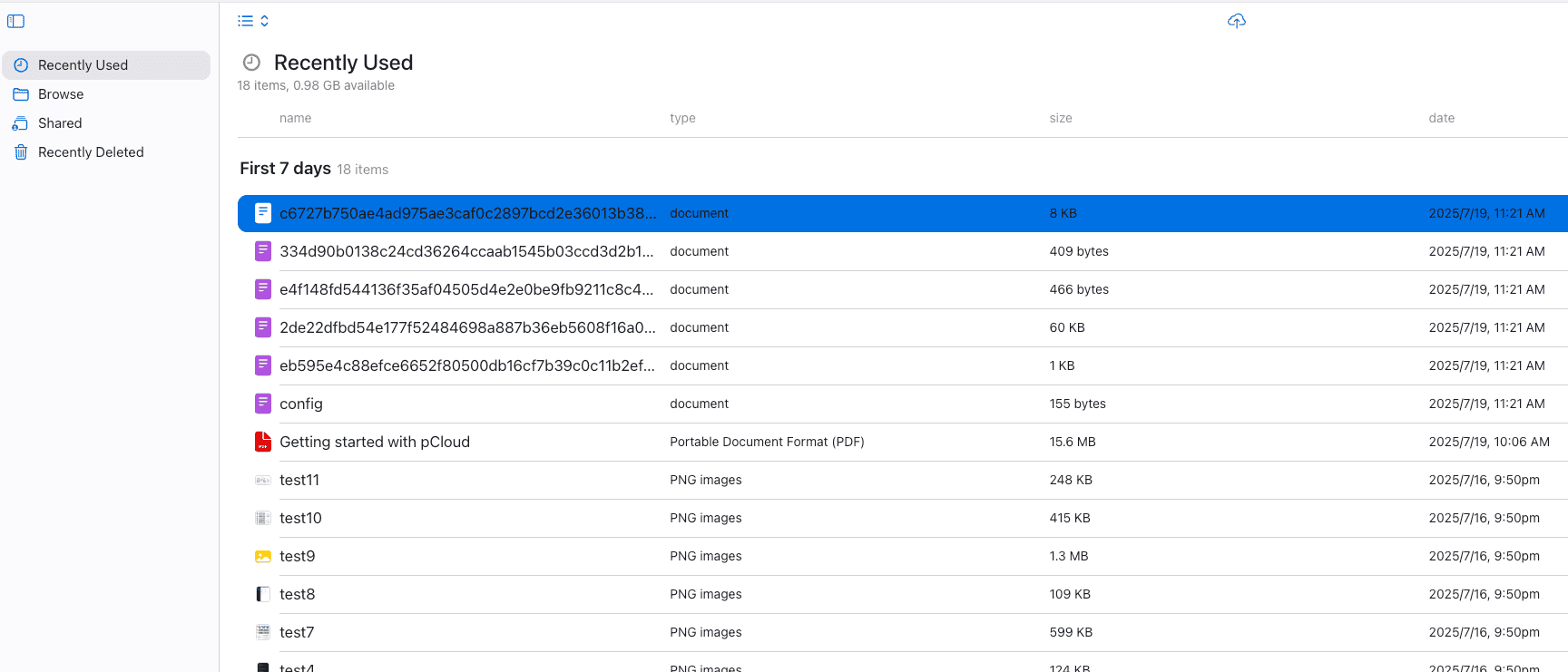
Step 2: Upload Your Files to Box
Go to the Box login page and sign in to your account. If you don’t already have one, you can quickly sign up for a free Box account and start with 10 GB of personal cloud storage.
Once logged in, click the “Upload” button in the top-right corner to select files or entire folders, or simply drag and drop them directly into the browser window. For large uploads, ensure your internet connection is stable, as web-based transfers rely on your local bandwidth.
If you want to keep the same folder hierarchy from iCloud Drive, create the necessary folders in Box before uploading your files. This approach works especially well if you plan to later sync these folders with Box Drive for easy desktop access.
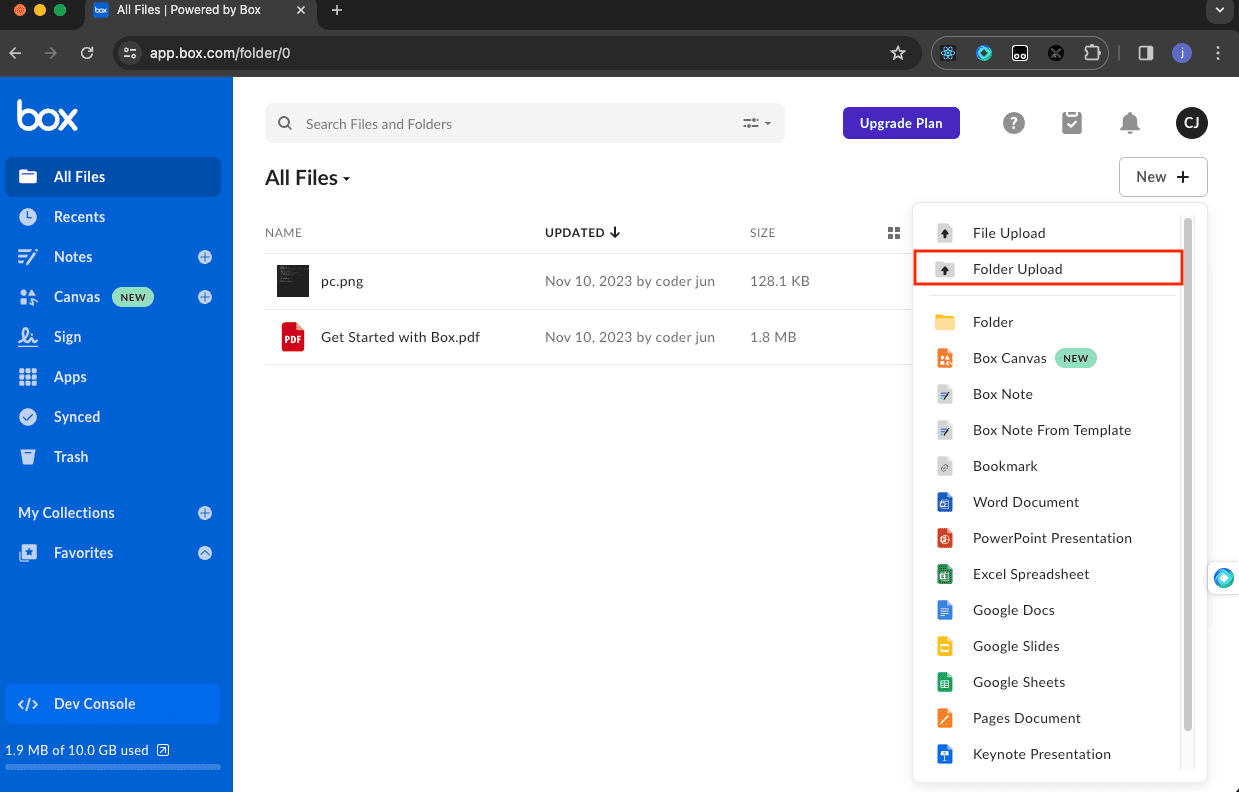
This manual, browser-based method is ideal for small to medium file transfers. But if you need to migrate a large amount of data or want to schedule the transfer, a cloud-to-cloud service like MultCloud can move your files between iCloud Drive and Box directly in the cloud—no need to download them to your computer first.
Method 2: Transfer Files Using Your iPhone and the Box App
Step 1: Install and Open the Box App
If you don’t already have it, download the Box app for iOS from the App Store. Once installed, sign in with your Box account credentials. Tap the “+” icon (usually at the bottom of the screen) and choose “Upload Files”. From here, select “Browse” to open the iOS Files app.
Step 2: Select Files from iCloud Drive
In the file picker, navigate to iCloud Drive under “Locations.” Browse your folders and tap the files you want to upload to Box. If a file hasn’t been downloaded to your iPhone yet, iOS may take a few seconds to fetch it from the cloud before uploading starts.
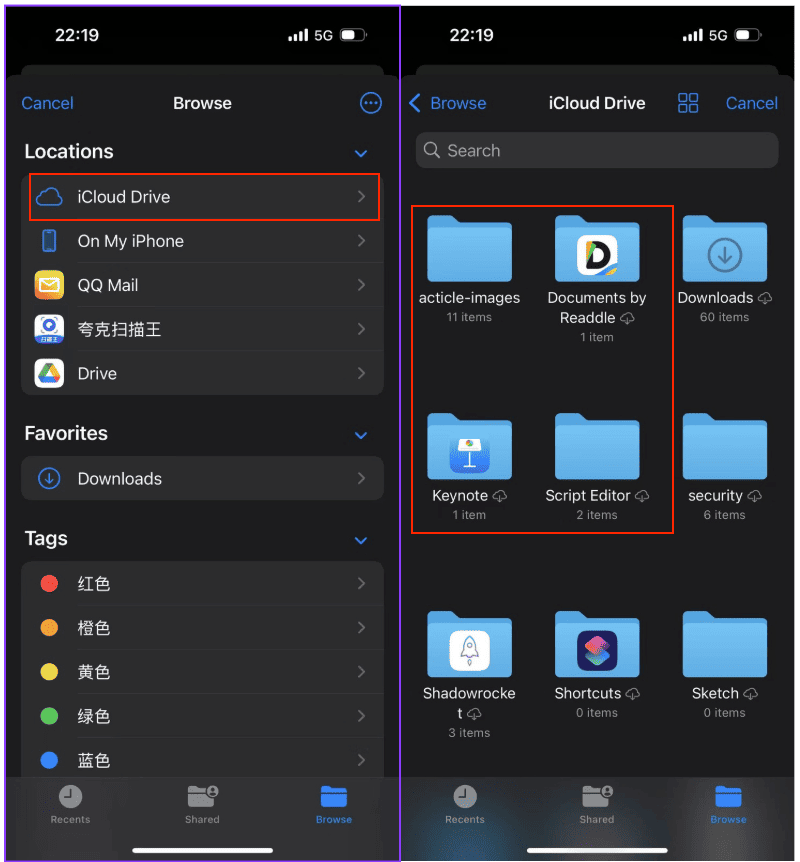
This approach works best for quick uploads—like sending a contract, a set of images, or a presentation—without needing a computer. The Box mobile app integrates seamlessly with the iOS Files app, letting you move items from iCloud Drive to Box in just a few taps. For bulk transfers or full media library migrations, however, you may find the Box Drive desktop app or the web interface more efficient.
Method 3: Use Rclone to Transfer Files to Box via Command Line
Step 1: Install Rclone and Configure Your Cloud Connections
If you prefer working from the terminal or need to run large-scale, automated file transfers, Rclone is a highly capable open-source tool. It supports direct integration with both iCloud Drive (via its locally synced folder) and Box.
Download the latest Rclone release from the
official download
page.
Once installed, open your terminal and run:
rclone config to create “remotes” for each cloud service.
-
Accessing iCloud Files on macOS: Files synced from iCloud Drive are stored locally
in
~/Library/Mobile Documents/com~apple~CloudDocs. This local folder acts as the source for your Rclone transfer. -
Setting Up Box: In
rclone config, chooseboxas the remote type. You’ll be guided through an OAuth authentication process to connect your Box account. For detailed instructions, refer to the official Rclone Box setup guide.
Step 2: Execute Your Transfer Command
Once both remotes are configured, you can run a command like this to copy your iCloud Drive files into Box:
rclone copy "~/Library/Mobile Documents/com~apple~CloudDocs" box:iCloudBackup --progress
This will upload your local iCloud Drive content into a folder named iCloudBackup in your
Box account.
Replace copy with sync if you want Rclone to keep the destination folder
identical to the source.
To preview the operation without making changes, append --dry-run to your command.
Rclone provides advanced features such as detailed logging, bandwidth throttling, and the ability to schedule recurring syncs with cron jobs or system schedulers. You can also enable encryption, adjust chunk sizes for large files, or even mount your Box account as a virtual drive. For a full list of options, see the Rclone Box backend documentation.
Method 4: Transfer from iCloud Drive to Box Using CloudsLinker
Overview: Direct Cloud-to-Cloud Transfers, No Local Downloads
CloudsLinker is a lightweight online service that lets you move files between cloud platforms—like iCloud Drive and Box—without downloading them to your device. Because the transfer happens entirely in the cloud, your internet bandwidth isn’t consumed, and tasks keep running even if you’re offline.
Step 1: Sign in to CloudsLinker and Add iCloud Drive
Visit app.cloudslinker.com and log in—or create a free account if you’re new. From your dashboard, click "Add Cloud" and select iCloud Drive. You’ll be prompted to sign in with your Apple ID and, if enabled, complete two-factor authentication.
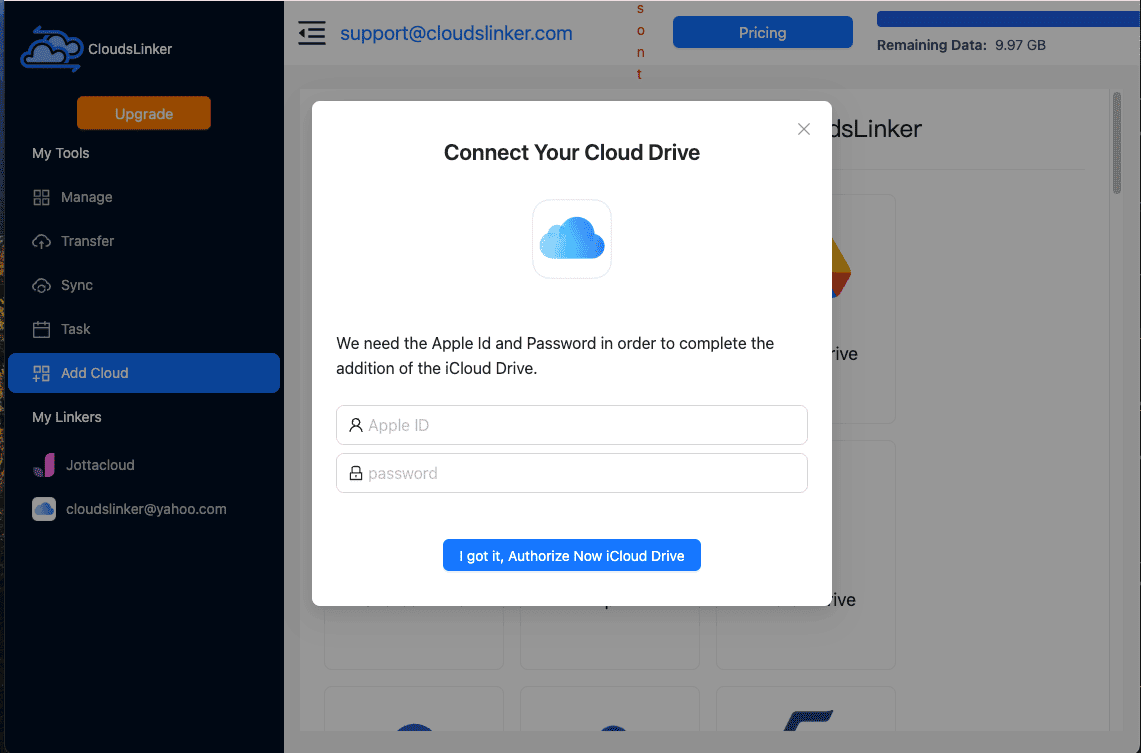
Step 2: Connect Your Box Account
Click "Add Cloud" again, then choose Box from the list. Authorize the connection via the secure Box login page. Once connected, your Box storage will appear in CloudsLinker as an available destination for transfers. If you don’t have an account yet, you can sign up for a free 10 GB personal plan.

Step 3: Set Up and Start Your Transfer
Go to the Transfer section. Choose iCloud Drive as your source and Box as your target. You can transfer specific files or entire folders, and the file browser lets you preview and confirm your selections before moving forward.

Use the filter options to exclude unnecessary files—such as temporary caches or duplicates—or to migrate only items modified after a certain date. This helps optimize storage usage on your Box account.
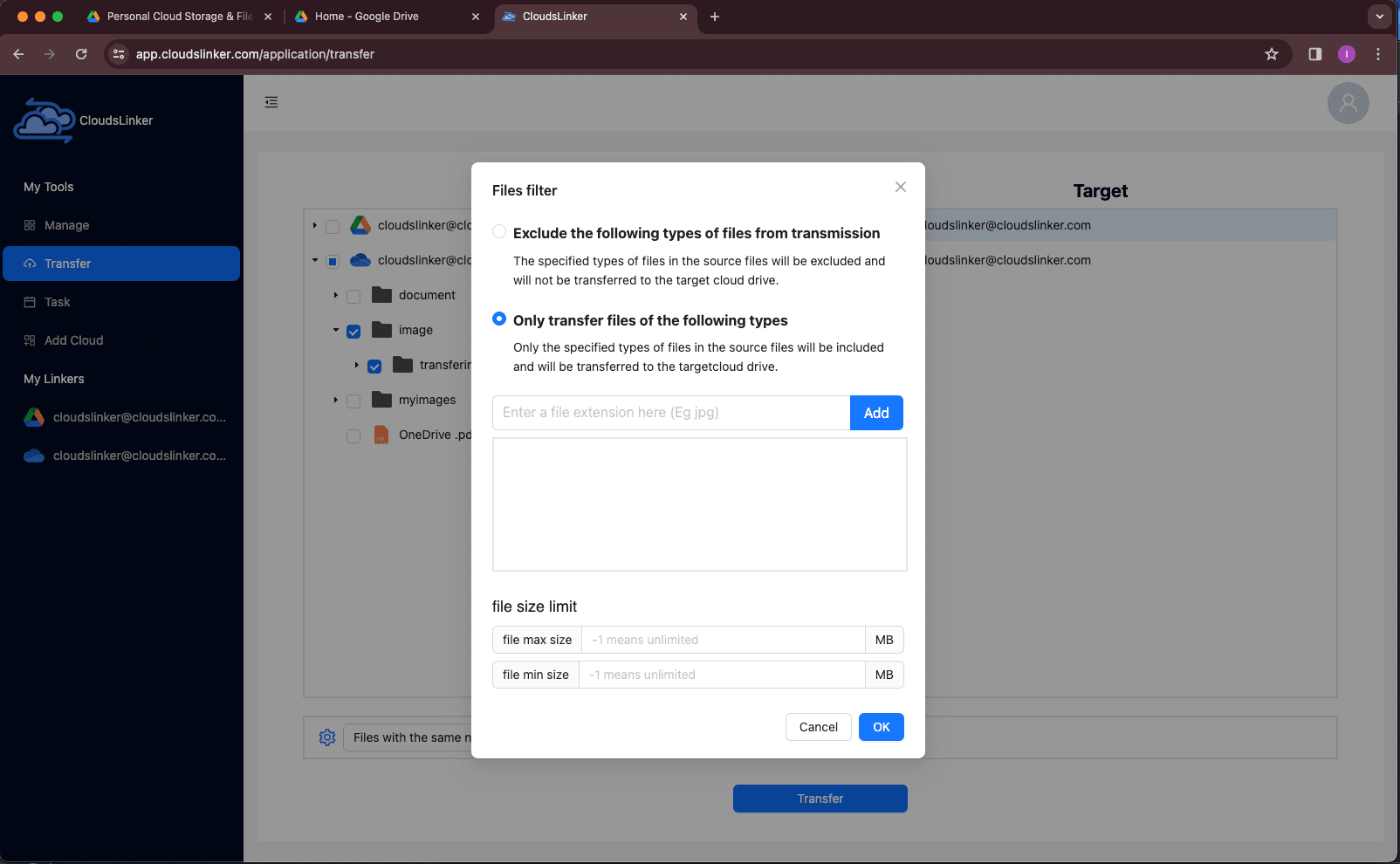
Step 4: Monitor Your Transfer
As soon as the transfer starts, you’ll see it listed in the Task List. You can pause, resume, or retry transfers at any time. Any files that fail to copy due to permission issues or unsupported formats will be clearly marked in the report.
Step 5: Confirm Completion
After the transfer finishes, review the completion report for details on successful, skipped, or failed items. Your iCloud Drive data will now be stored in your Box account—organized, secure, and ready to share or collaborate on immediately.
Whether you’re consolidating personal storage or migrating a company’s archive, CloudsLinker provides a straightforward way to bridge cloud services—no software installations, no browser extensions, and no idle waiting.
Need to Move Files from Other Clouds Too?
CloudsLinker also supports Google Drive, Dropbox, OneDrive, WebDAV, and many other services. Whether you need a quick one-time migration or an ongoing sync between accounts, its flexibility makes it suitable for both individuals and businesses.
Which iCloud Drive to Box Transfer Method Works Best for You?
Moving files from iCloud Drive to Box can be done in several ways, each with its own advantages. Your choice depends on factors like file size, how often you transfer, the devices you use, and whether you prefer a hands-on or automated process. Here’s a side-by-side look at four common methods to help you decide.
| Method | Ease of Use | Speed | Best For | Uses Local Bandwidth | Skill Level |
|---|---|---|---|---|---|
| Manual Transfer via Browser | ★★★★★ | ★★★☆☆ | Small groups of files or occasional moves | Yes | Beginner |
| iPhone/iPad with Box App | ★★★★★ | ★★★☆☆ | Uploading photos, PDFs, or quick edits while mobile | Yes | Beginner |
| Rclone Command Line | ★★☆☆☆ | ★★★★★ | Large data sets, automation, and scripting | Yes / No (depends on setup) | Advanced |
| CloudsLinker (Cloud-to-Cloud) | ★★★★★ | ★★★★★ | Bulk transfers, remote migrations, scheduled syncs | No | Beginner |
For quick, occasional transfers, the browser upload method or the Box iOS app is straightforward and beginner-friendly. If you need advanced control, automation, or the ability to handle massive archives, Rclone’s Box backend is powerful but better suited to experienced users. And if you’d rather skip local downloads altogether, CloudsLinker moves your files directly between iCloud Drive and Box in the cloud, so you can migrate large volumes without eating up your internet bandwidth.
Frequently Asked Questions
Watch Our Step-by-Step Video Tutorial
Discover how to move your files from iCloud Drive to Box with this clear, visual guide. Whether you’re completely new to cloud storage or just want the quickest, most reliable method, we’ll walk you through each stage—from locating your files in iCloud Drive to transferring them into Box using tools like CloudsLinker. Learn practical tips, avoid common mistakes, and make your migration smooth and stress-free. Watch now and start moving your files with confidence!
Conclusion
Switching from iCloud Drive to Box can be quick and painless when you match the method to your situation. If you’re moving just a few files, direct download-and-upload works fine. For frequent or large-scale transfers, letting a cloud service handle the work saves time and bandwidth. Whichever path you choose, you’ll end up with your files safely stored in Box, ready to share, edit, and access from anywhere.
Online Storage Services Supported by CloudsLinker
Transfer data between over 44 cloud services with CloudsLinker
Didn' t find your cloud service? Be free to contact: [email protected]
Further Reading
Effortless FTP connect to google drive: Transfer Files in 3 Easy Ways
Learn More >
Google Photos to OneDrive: 3 Innovative Transfer Strategies
Learn More >
Google Photos to Proton Drive: 3 Effective Transfer Techniques
Learn More >

